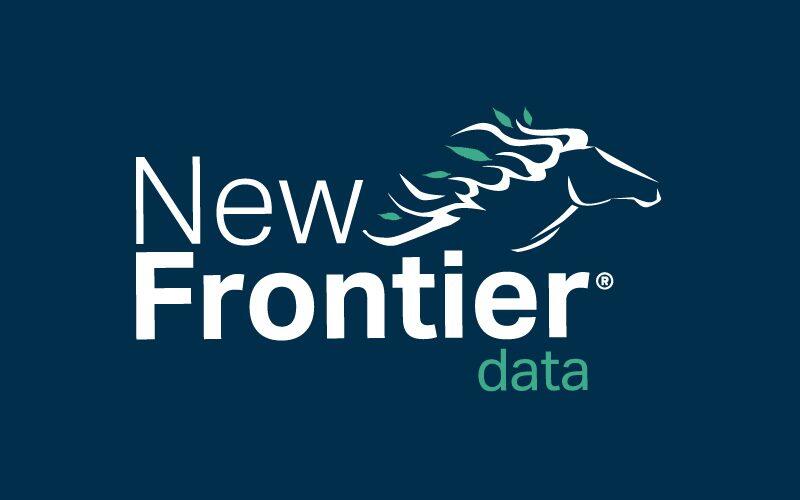Wholesale Comparisons: Colorado vs. Oregon

Colorado and Oregon Wholesale Price Comparison
August 25, 2019
When will the Tobacco Wave Hit the Global Cannabis Industry? Altria-Philip Morris International Merger Confirms Longtime Predictions and Begins to Mark Both Industries’ Progression
September 1, 2019By Beau Whitney, VP and Senior Economist, New Frontier Data
There has been no lack of buzz recently about Oregon’s oversupply of cannabis, with concerns first fueled by the state’s own regulating agency. Back in January, the Oregon Liquor Control Commission (OLCC) reported that the state was producing 2x more cannabis than people were consuming, and how more than six years’ worth of supply was wasting away on shelves and at farms.
Conversely, headlines out of Colorado lately have celebrated that state’s breaking the billion-dollar barrier for tax revenues generated since its adult-use program was rolled out in 2014.
What has gone largely missing amid the narratives, though, is a noteworthy comparison of how those respective markets’ price declines compare to one another, and to those in other legalized states.
As it has happened, while Oregon has seen the price of cannabis flower and trim (i.e., “usable marijuana”) decline 64% at the wholesale and retail levels from October 2016 to March 2019, Colorado, too, has seen a steep decline in the prices of its products throughout a 60% drop from January 2015 to April 2019.
Oregon’s woes are directly attributable to the (originally unlimited) number of licensed cultivators in its program. Colorado had guarded itself against such a glut by requiring any cultivator requesting an increase in growing capacity to demonstrate proven demand for their previous crop. If the respective regulatory approaches seemed trivial, their results created a comparative chasm.
That being noted, prices in Colorado nevertheless saw significant declines, too. Why? Because large amounts of capacity had also been brought online in the Centennial State, though not to the extent of the critical mass in Oregon. Colorado officials found that it took until 2017 for the state’s pre-existing illicit market to effectively get absorbed into the regulated market, and for its legal supply to effectively meet demand. While consumers generally prefer products from legal dispensaries, drawbacks to regulations or delays in licensing processes can include the slow adoption of a legal program from an established illicit market.

While the pace of price declines has not been mirrored between the two states, March 2019 marked the first time that Oregon’s wholesale prices were on par with Colorado’s. Still, the states’ price declines are not linear: When Oregon experienced sharp declines in late 2017 and early 2018 due to a record harvest which flooded Oregon’s market, seasonality was also reflected in the wholesale pricing.
Seasonality occurs in many retail and wholesale environments, and prices fall relative to the amount of supply in the system. Corn on the cob, for example, is much cheaper in the summer than in wintertime; the same dynamic applies for cannabis.




